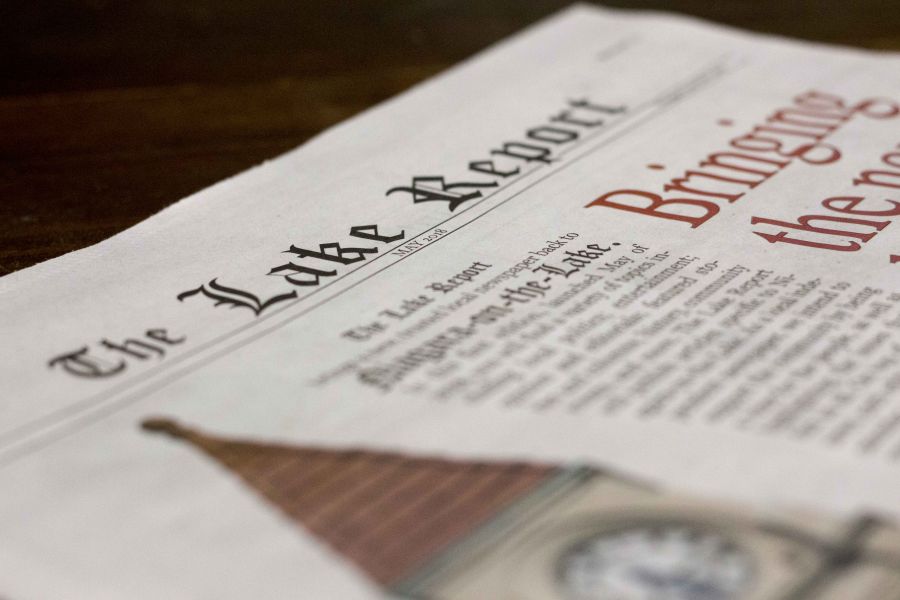Niagara-on-the-Lake has a problem with people driving too fast in quiet residential areas.
Just ask the folks who live in some of those quiet residential areas.
Actually, that’s exactly what The Lake Report did a week ago and it led to “Mind your Meters,” our five-story special report on concerns about speed limits, speeding, lack of sidewalks, dangers to children and more.
It’s a problem from quaint Chautauqua, with its 13-foot wide “laneway” streets, to suburban Virgil, St. Davids and Glendale, as our correspondent Steve Hardaker laid out in his comprehensive story this week about residents’ concerns in Niagara on the Green.
Worries about speeding or traffic volumes are not new. They are an age-old problem.
And to be honest, heavy-footed NOTL residents are a big part of the problem. (It’s not always “visitors” who are speeding. If anything, they tend to drive more slowly as they gawk and admire our surroundings.)
What to do about the situation is where things get complicated.
Because sometimes the problem is in the eye of the beholder.
*****
Niagara-on-the-Lake doesn’t really have a problem with people driving too fast in quiet residential areas. Yes, there are some bad apples, but it’s not so bad that radical measures are needed.
Just ask the town and its experts, who use professional standards, data and research to determine how serious things like speeding are in the community.
We accept there’s still a lot more research to be done, but it appears there is a bit of a disconnect here between the lived experience of people in the community and the standards and expert assessments that determine whether speed limits should be reduced. Or if more radical steps should be taken.
Everyone would probably prefer if there were more police patrols to deter people from hitting the gas as they motor through town, but it also seems to be a universal reality that more patrols or a larger police presence simply isn’t going to happen. After all, NOTL already has, what, two Niagara Regional Police cars cruising the byways?
So, what can be done?
Let’s get radical and try some things that other municipalities have implemented.
We’ll use the Big Smoke – Toronto – as an example.
Many of its inner-city residential streets, whether north-south or east-west, stretch for many kilometres.
With parking on one or both sides, these streets can be as narrow as some of the roadways around our town.
Whether you’re driving through Riverdale, the Annex or what used to be North York (and other communities in “the city”), you will encounter a wide range of traffic-calming measures.
Such as: Reduced speed limits, stop signs, speed bumps (often called speed humps), pinch points (where the road narrows, forcing drivers to ease up) and “slow down” signs placed in the middle of the road. These are just a few of the concepts you will find on residential streets all over Toronto. And beyond.
And they work.
The city’s website notes: “Speed humps are one of the most popular traffic calming measures. Studies have indicated that speeds drop approximately 15km/h between speed humps and about 20km/h at the hump itself.”
*****
NOTL residents have done an excellent job articulating their concerns – which are genuine and reasonable.
While the town’s data might show the situation does not meet the threshold of enacting the kinds of measures people are seeking, we challenge our town council to learn more about the problems and then bring in measures to ensure that people’s concerns are satisfied.
This is retail, grassroots politics. Reduced limits or speed humps, for instance, might not be what the road engineers want to see, but if they have the desired effect – and they will – we urge council to get on with it and bring in these changes immediately. Just do it.









